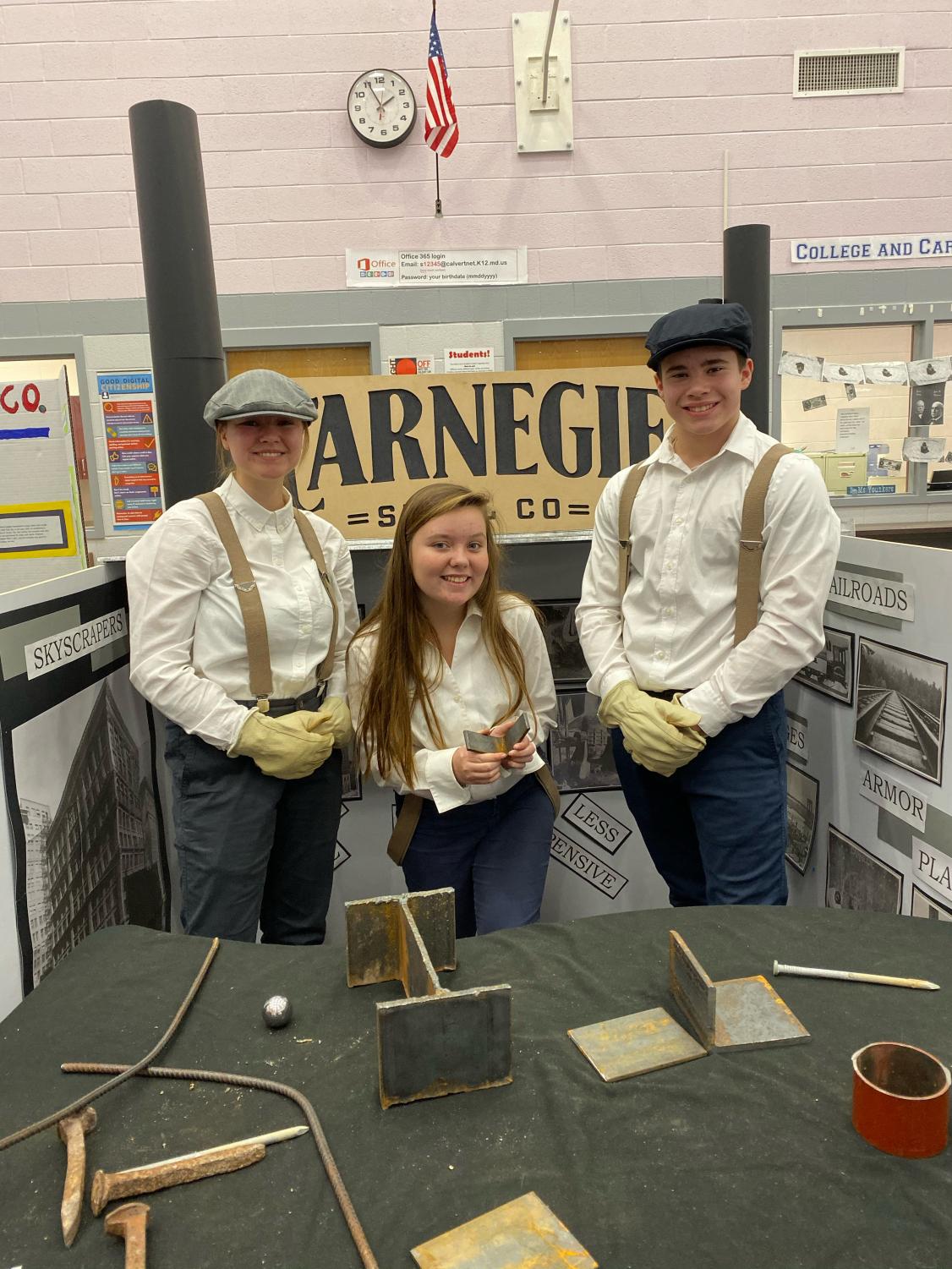Encanto: Is Disney Losing Its Touch?
December 21, 2021
This movie review will contain spoilers.
Picture a small, warm town adorned with humble houses, their roofs a sunset red. In one of those homes, there lives a family with three newborn children, their little miracles. But a tragedy awaits the picturesque town. Shadowy figures attack, setting the once-peaceful homes aflame. Desperate to protect their family, the father and mother of the three miracles flee their home in search of refuge. A single candle lights their way in the darkness. Sadly, the attackers find them. So, in a last attempt to protect his family, the father confronts the assailants, hoping to give his wife and children a chance to escape. In a sick twist of fate, the father is merely killed in front of his family. As his wife wails and holds her babies against her defeated figure, the family’s candle blazes with a blinding light that protects her and her broken family. This is the tragic backstory of one of Disney’s newest films: Encanto, meaning charm in Spanish. Encanto follows the story of the Madrigals, the Colombian family protected by the candle’s magical charm. On the surface, this movie claims to celebrate Colombian heritage. But is the seemingly virtuous movie exploiting Latino culture for corporate profit? Has Disney lost its way?
The Plot
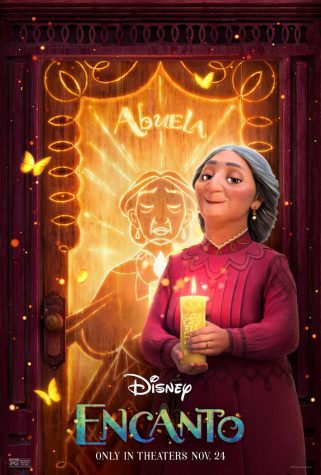
Encanto’s main story takes place years after the tragedy. The mother who was widowed, Alma Madrigal, is now called Abuela (grandmother): the matriarch of the family. After the death of her husband, she was never the same. Abuela became obsessed with safeguarding her family’s miracle: the candle. Since its charm granted her descendants magical powers, she instructs each Madrigal to “earn” their gift and make their family proud through it. Thus, when one of her granddaughters, Mirabel, is not given a gift by the candle, Abuela distances herself from her.
Mirabel grows up feeling isolated from the rest of her magical family. Although she loves them, she fears that she’ll never be as special as they are. Worst of all, without a gift, she struggles to find a means to make Abuela proud. So, when she discovers that her family’s miracle is fading, she embarks on a mission to conserve the candle’s magic and prove her worth. In doing this, she uncovers that each Madrigal struggles with the burden of their gift. Thus, she must heal her family to preserve the magic. Regrettably, Mirabel and Abuela clash against each other as they fear for their family’s fate. Inadvertently, this destroys what they sought to protect, and the magic is lost. Only when they forgive each other is their broken home whole once more.
The Songs
As is true with most Disney movies, characters in Encanto are prone to sporadically burst into song. Although this has come to be associated with the Disney charm, some of the songs in Encanto are so random that they distract from the plot. One particular song- Surface Pressure- stood out to me due to its 21st-century dance moves, allusions to Hercules, and flying unicorn-donkey hybrids. This song is sung by Luisa and is meant to show that she is under constant stress because of her power. Everyone throws their physical burdens on her as the strongest member of the family, so she is forced to bear the weight. This message is drilled into the viewer’s head with lines like:
It’s pressure like a drip, drip, drip, that’ll never stop, whoa
Pressure that’ll tip, tip, tip ’til you just go pop, whoa-uh-uh
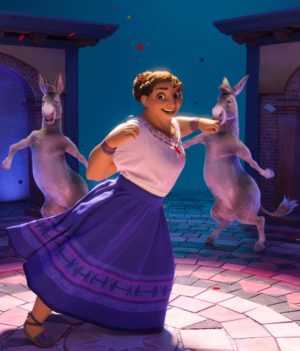
Although the song can come off as repetitive and cliché, I admire Disney’s attempt to make their songs more relevant to today’s youth through more modern beats. Nonetheless, I cannot forgive Disney for its dancing donkeys. At one point in the song, Luisa dances in the middle of a semicircle of donkeys, all of which are dancing along with her… on two legs. Not only was this unnecessary, but it also undermined a critical message: burnout as a crisis. It would’ve been so valuable for young viewers to see that mental exhaustion is a real concern, and that it needs to be addressed as part of mental health awareness. Yet, Disney felt the need to shove in their personified animals.
What I will applaud in that scene is Disney’s animation. In her choreography, Luisa is able to pull off an impressively smooth body roll. Imagine how many CGI animators must have worked on that one dance.
The Human Connection
Critiquing dancing donkeys is one thing, but analyzing the plot of Encanto as a whole is another beast. So, I sat down with our film expert here at Huntingtown High, Mr. Allen, to gain insight on film production. He explains that regular viewers usually don’t take into account the mass collaboration that occurs behind the scenes when a film is produced, “I don’t think we think about the dozens, hundreds, sometimes thousands of people contributing to making a film. It’s a team effort… The director didn’t make the movie [on their own].” To put this into perspective, Encanto had a crew of 800 people, with 500 of those being artists. So, their work is not to be taken lightly. Still, did all that collaboration pay off? Is Encanto an engaging film?
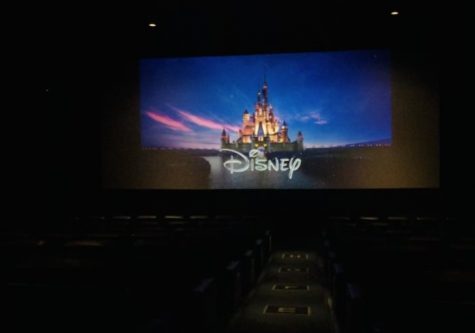
My answer to this question is a resounding yes, and Mr. Allen’s criteria for what makes a movie entertaining supports my conclusion. According to him, “The most important thing for a good film is that it have a good story… one that engages people and connects them on a human level.” The good news is that Encanto does just that. Anyone can relate to feeling inadequate, just as Mirabel did. Similarly, we’ve all felt the weight of our family’s expectations. Parents want us to get good grades, go to college, and be successful. In turn, we want to make them proud, so when we feel like we aren’t doing this- just as Mirabel felt her whole life- we feel defeated. Encanto thus seeks to heal this universal hurt by urging us to see that we are enough, we are special. The film is an affirmation of self-worth spoken through Mirabel’s journey.

As Abuela explains, “The miracle is you.” Family members (represented through Abuela’s character) can get so caught up in wishing for our success that they lose sight of what is truly important: our well-being. Encanto clearly alludes to this when Abuela confesses that she “lost sight of who the miracle was for.” It was for the children, to safeguard their happiness and security.
Ultimately, Encanto manages to convey themes of family unity and self-worth through the development of intricate family relationships. Although Abuela hurt Mirabel by making her feel lesser than the rest of her magical family, she has always loved her granddaughter, and was able to own up to her mistakes. So, there is hope to mend relationships. That is a lasting message. Since Mr. Allen stresses the value of such impacting storylines, he would approve of Encanto: “All the special effects in the world won’t make a movie great- they’ll make it exciting maybe- but to be lasting, I think it needs to have a basic human story.”
Colombian Culture

When it comes to portraying other cultures, Disney has a less than stellar record. Notably, in 2013, it attempted to trademark the Day of the Dead, a Mexican holiday with religious significance. On that day, Mexican families honor their deceased loved ones, remembering them with offerings at altars and heartfelt prayers. So, when Disney tried to legally register the celebration under their name, the Latino community responded in a horrified uproar. Imagine an entertainment company trying to claim a sacred tradition in which you grieve. Thus, when I went to see Encanto, I sought to discover whether Disney had redeemed itself by doing Colombian culture justice. After all, when you portray a culture different from your own, Mr. Allen emphasizes that “You need to do some homework… you need to understand and talk with people who are from that culture… get to know what the stereotypes are that you need to be careful of… so you don’t go in and perpetuate those stereotypes.”
As a Latina from Honduras, I was happy to find that I could relate to certain aspects of Encanto. Notably, three generations of Madrigals- Abuela, her children, and grandchildren- live in the same house, Casita. This family structure is common in many Latino cultures. Usually, Latinos continue to live in their childhood home. So, by the time the children are adults, they are able to take care of their elderly parents every day. In this way, the family home is also handed down through generations. Children often live alongside their aunts, cousins, grandparents, and parents. So, you grow up seeing your extended family as part of your nuclear family. My cousins were like my siblings, and my grandmother was like a second mother to me. So, Mirabel’s bond with her cousin Antonio is a beautiful portrayal of the unity in Latino families. Therefore, I applaud this authenticity in Encanto. Although some Latinos do move out from their childhood home, they retain a closeness to their family that is evident for years to come.
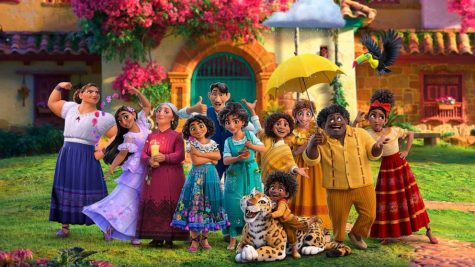
Other things that I could relate to were more general aspects of Latino culture. For instance, at one point in the film, when Maribel discovers Bruno’s hideout, the superstitious uncle sings a song known by most Latinos: Sana, Sana Colita de Rana. This little chant is used by mothers and grandmothers as a way to soothe children when they are hurt (the equivalent of the American kiss on a boo-boo). It was a nice inclusion of Latino customs and it fit perfectly with Bruno’s nervous character.

Up to this point, I’ve praised Disney for its inclusion of customs and traditions common among most Latino cultures. However, Encanto is meant to specifically portray Colombian culture, so I was looking for distinctly Colombian attributes that did not delve into the realm of stereotypes. Needless to say, I was not impressed. Notably, arepas con queso were seen being eaten by various characters. At first, I was excited to see the incorporation of Colombian cuisine. However, it got to a point where I noticed that that was all I saw the characters eat. Everywhere you turned, whenever there was an occasion for a meal, arepas would pop up as the main dish. The Madrigal’s dinner? Arepas. The Madrigal’s lunch? Arepas. A snack when you’re upset? Arepas. I just couldn’t help but think: Colombians eat more than just arepas, you know. There is a wealth of dishes to choose from in Colombian culture. Show me tropical maracuya, carne oreada, ceviche, anything else really. Just mentioning arepas con queso is not going to convince me that you know Colombian culture.
Thankfully, what knowledge Disney lacked in the cuisine department, it made up for with the characters’ attire, particularly when it came to Mirabel. Throughout the film, Mirabel is seen wearing an ethnic dress embroidered with pictures of fauna and flora. When the dress is in view, one can even see the thin fibers of the thread used to create the embroidery. Such dresses, with their intricate borders and designs, take months to make by hand (in real life). Although Disney took some creative liberties with the dress’s design, it was based on the ethnic dress of Colombia’s Vélez municipality.
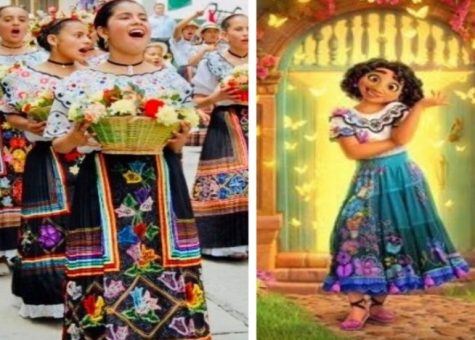
The Final Opinion
Encanto carries uplifting messages and showcases the diversity that is often lacking in media. So, it is a great family movie, and a step forward for Disney as it seeks to increase its inclusivity. Therefore, if you’re okay with dancing donkeys, this movie is for you.
